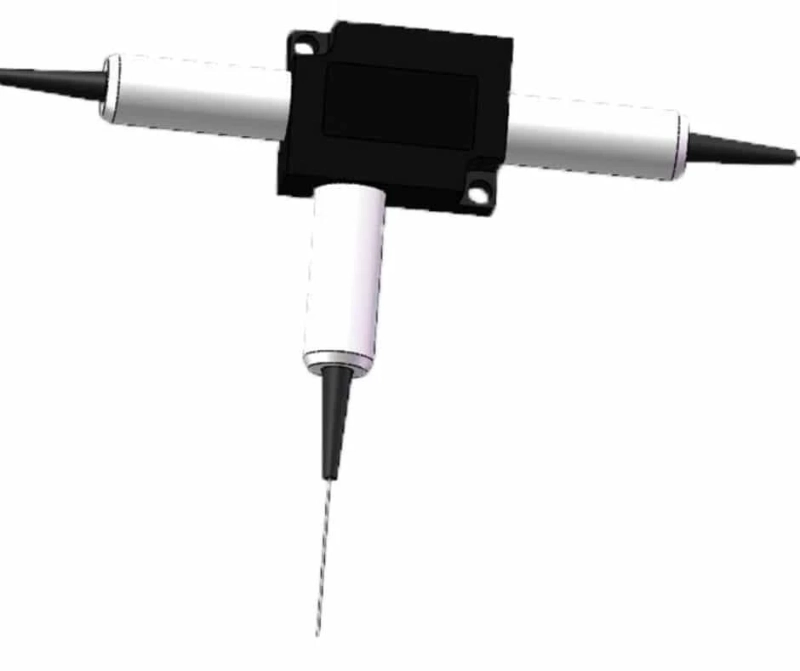Optical circulators refer to small passive light-wave components that work as signal routers as they transfer light from an input port to an output port while diverting the light that returns (reflected light) to a third port.
Their functioning is similar to that of optical isolators because optical circulators protect the input fiber from the returning light with the only difference that they allow the rejected light to be utilized as well.
An optical circulator can be formed in different ways. It can be realized by using either the anti-symmetric field conversion or PM fiber splitters. It can also be designed by replacing the X branching waveguide with a PM fused splitter.
Optical circulators that are designed for high-power applications using PM components are called high-power PM optical circulators.
How does an optical circulator work?
Just like an optical isolator, the working of an optical circulator is based on the non-reciprocal polarization rotation of a light signal with the help of the Faraday Effect. However, unlike an optical isolator, an optical circulator is a three-terminal device; meaning, it has three ports.
Among three terminals of an optical circulator, terminal 1 acts as the input port for the incoming light and terminal 2 acts as the output port, and terminal 3 is the port used for the redirected light that is reflected back into terminal 2. Typically, in other devices, the light is reflected back to terminal 1.
What are the specifications of an optical circulator?
From the application point of view, optical circulators need to work with minimum wavelength dependence for all parameters just like optical isolators do. Besides, optical circulators also possess same specifications as optical isolators do, such as isolation, insertion loss, PDL, and return loss. Apart from this, directionality is also a significant measure for optical circulators because they have more than two terminals.
What is the use of an optical circulator?
Optical circulators are used in a wide range of optical circuits, optical communication systems, and optical instrumentations for redirecting optical signals. They are also used with Fiber Bragg gratings.
As the wavelength-selective reflection from a Fiber Bragg grating can be used in one of the two ways, a band-pass optical filter or a dispersion compensator, the use of an optical circulator becomes essential to redirect the returned light into the output.
Even though a fiber directional coupler can also be used for this purpose, it will result in significant intrinsic insertion loss for the optical signal after passing through a round trip in the coupler.
In addition to these, high-power PM optical circulators are also used in various other applications, such as DWDM systems, optical fiber amplifiers, fiber optical sensors, pump laser sources, and testing and measurement.
How do I order high-power PM optical circulators?
Before you place an order for high-power optical circulators, make sure that you have correct details about port, grade, operating wavelength, power handling requirement, fiber diameter, fiber length, and connector requirement.
Reputable manufacturers provide complete information about what specifications you should provide while shopping to make sure that you get the right optical circulators for your project. So, explore their websites well to find order-related information.


